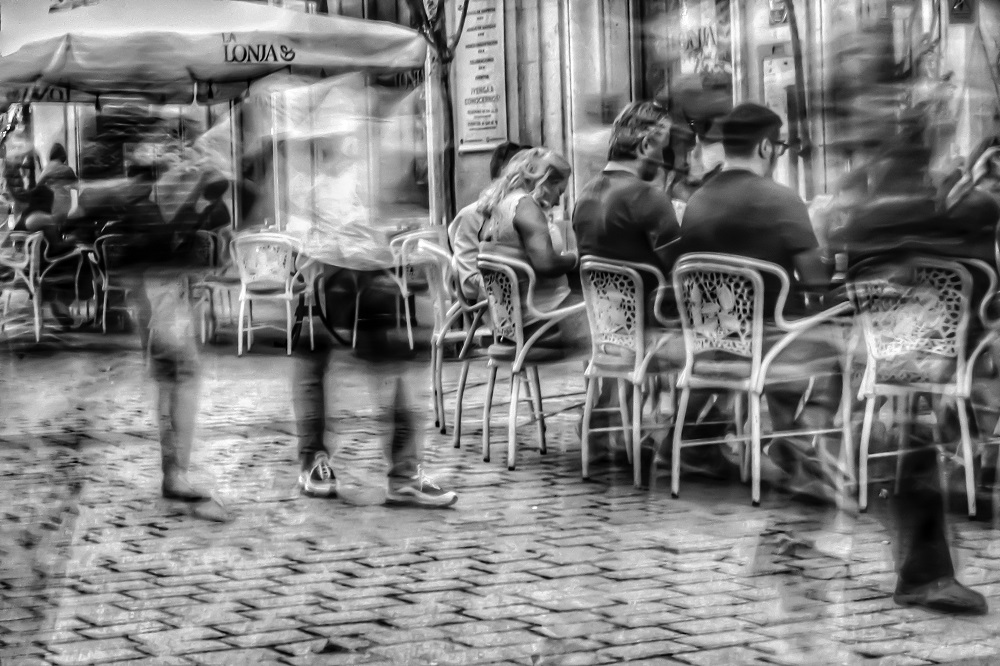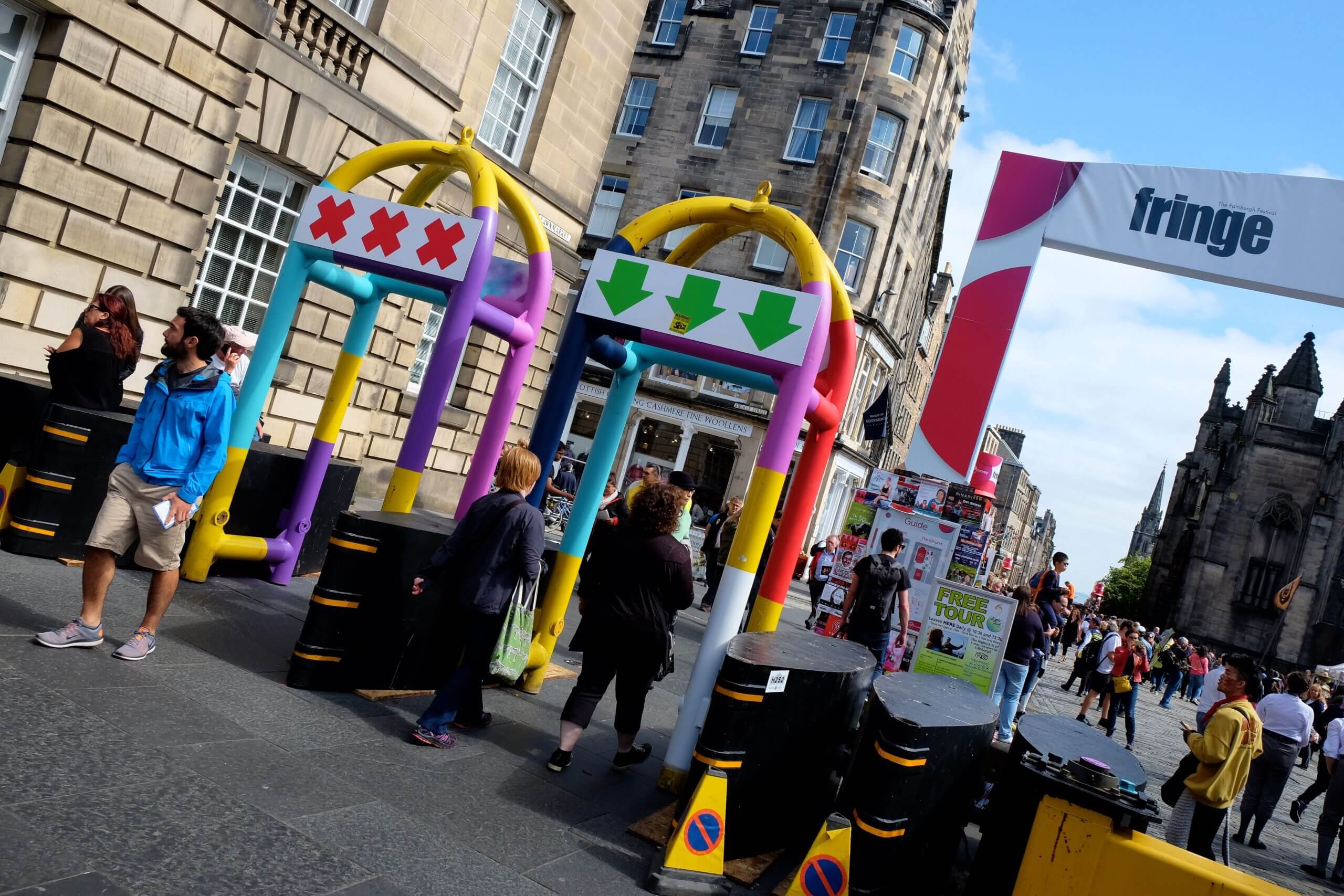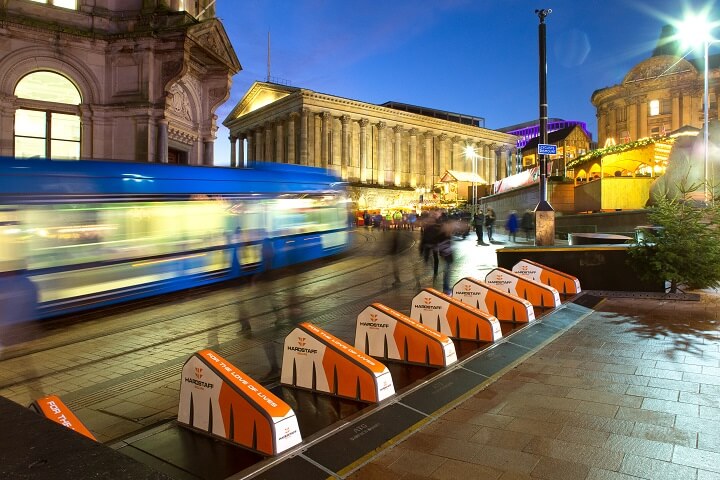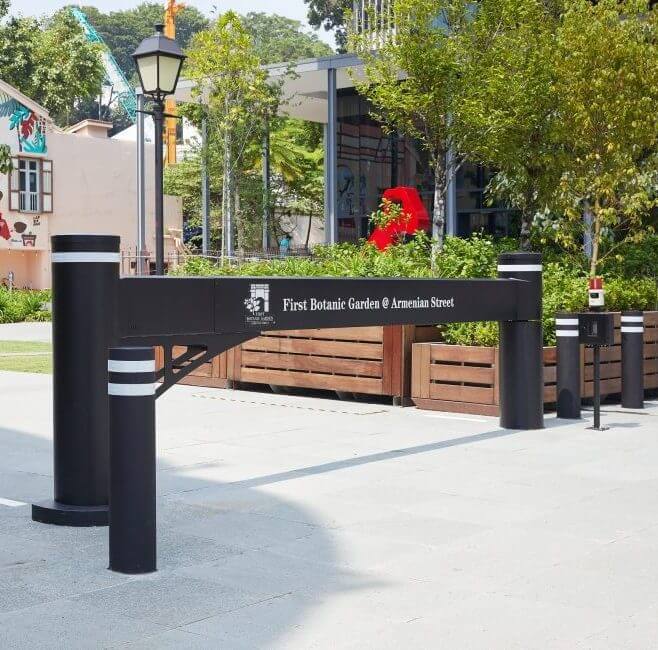The fabric of society is intertwined with large gatherings of people and the crowded, often public, places they come together in. The Centre for Protection of National Infrastructure (CPNI) officially classifies popular social destinations such as shopping centers, sports stadia, bars, pubs and clubs as “crowded places” – all of these being easily accessible and where members of the public can be guaranteed to congregate.
Sadly, the reality is that crowded places can be vulnerable. They remain principal targets for terrorists, with attacks such as Bastille Day in Nice, France, Breitscheidplatz in Berlin and Westminster Bridge, London perpetrated with the intention of causing mass casualties.
The Covid-19 pandemic has altered the way in which crowded and public spaces work. Large areas within town and city centres have become pedestrianised to facilitate social distancing measures. High-street businesses have also had to adapt to maintain income while keeping customers safe.
As we contemplate the future of our highstreets and town centres in a post Covid-19 world, security has a fundamental role to play. Whether that be in the reinforcement of pedestrianisation measures, the protection of cycle lanes or the securing of outdoor, recreational areas.

By 2050, it is predicted that 75% of us will inhabit urban spaces. Security measures will need to support this change in our urban environments.
PUBLIC REALM & CROWDED SPACE SECURITY
How has the Covid-19 pandemic altered our towns and highstreets?

Balancing the requirement for social distancing measures and commerce within a high-street environment is difficult. Many bars and restaurants have taken to applying for temporary pavement licenses, allowing the facilitation of social distancing but maintaining the same amount of dining and drinking capacity.
Some highstreets have been completely pedestrianised to allow social distancing measures and to allow visitors to safely queue outside shops. Many towns and city centres are seeing a benefit to excluding vehicles from town and city areas and may enforce this permanently.
To ensure schemes are successful and encourage visitors, security measures must not be forgotten. If you encourage groups of pedestrians to gather or sit in one area, it is imperative that proportionate security measures are placed to protect the public.
Measures must be pedestrian permeable and facilitate vehicular access in the event of an emergency (ambulance, police & fire engines). Products chosen should be third-party accredited to mitigate the risk profile identified.
It is possible to make security measures attractive and even blend in to the surrounding environment.
How to Implement a Successful Public Realm Security Scheme ?

Stakeholders play a huge role in any public realm security scheme. Normally when embarking on such a project, the area being secured isn’t just one, small area, it is normally a combination of a number of different sites in order to either exclude vehicles from a section of a town or city or secure a prestigious venue.
Having input from all stakeholder groups concerned such as local councillors, the emergency services and businesses in the surrounding areas from the very start can help a project to be successful. This way, access requirements can be considered holistically in the early stages to specify a system which is secure but will work for all stakeholders concerned.
Vehicle Dynamic Assessments (VDAs) are important to commission when embarking on a security scheme. One-size doesn’t always fit all and there may be different risk profiles to meet within the one scheme. VDAs look at each area individually and then at a security scheme holistically to ensure that security measures are proportionate, aesthetically appropriate for the area and will meet operational requirements.
Thinking Ahead is also crucial to achieving a successful scheme. It is important to look ahead at a town and city’s 5-10 year vision, to planning approvals and economic focus. Security measures put into place must support and not hinder town or cities continuous development. Thought must be placed on whether measures should be permanent or have the ability to be temporary or be movable to support future changes in infrastrture access and area use.
It is a good idea to work alongside a security provider on a longer-term basis so that they can support any changes in threat profile or advise on solutions for new and emerging threats.
How have emerging threats shaped the future of public realm security over the last three years?

Historically, the main terror threat was from VBIEDs (Vehicle Borne Improvised Explosive Devices). This threat targeted critical national infrastructure around the world. Sites such as financial hubs, embassies, airports and other transportation hubs. Although this threat still remains, a new threat has emerged over the last 3 years.
VAAW – Vehicle as a Weapon Attacks have sadly been seen across the United Kingdom, mainland Europe, America and Australia. Vehicles are considered much easier to get hold of in comparison to material which can be used to create a bomb and easier to use when conducting lone-wolf attacks.
This change in target from fixed, critical national infrastructure to people has changed the way in which security products are deployed. The general public are becoming more aware of the threat from terrorism and so expect towns and cities to invest in security measures to protect crowded spaces. Security measures used to be required to blend in and not be seen. A shift-change in public awareness and the idea of placing security measures as a deterrent has altered this thinking.











